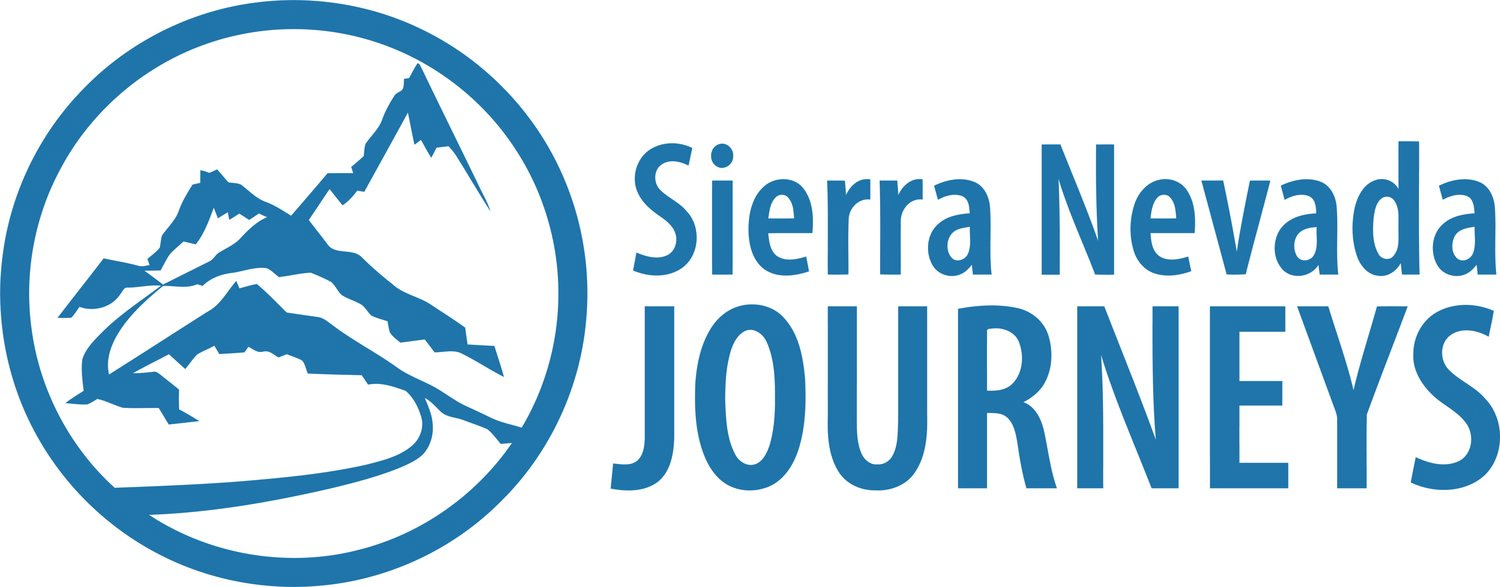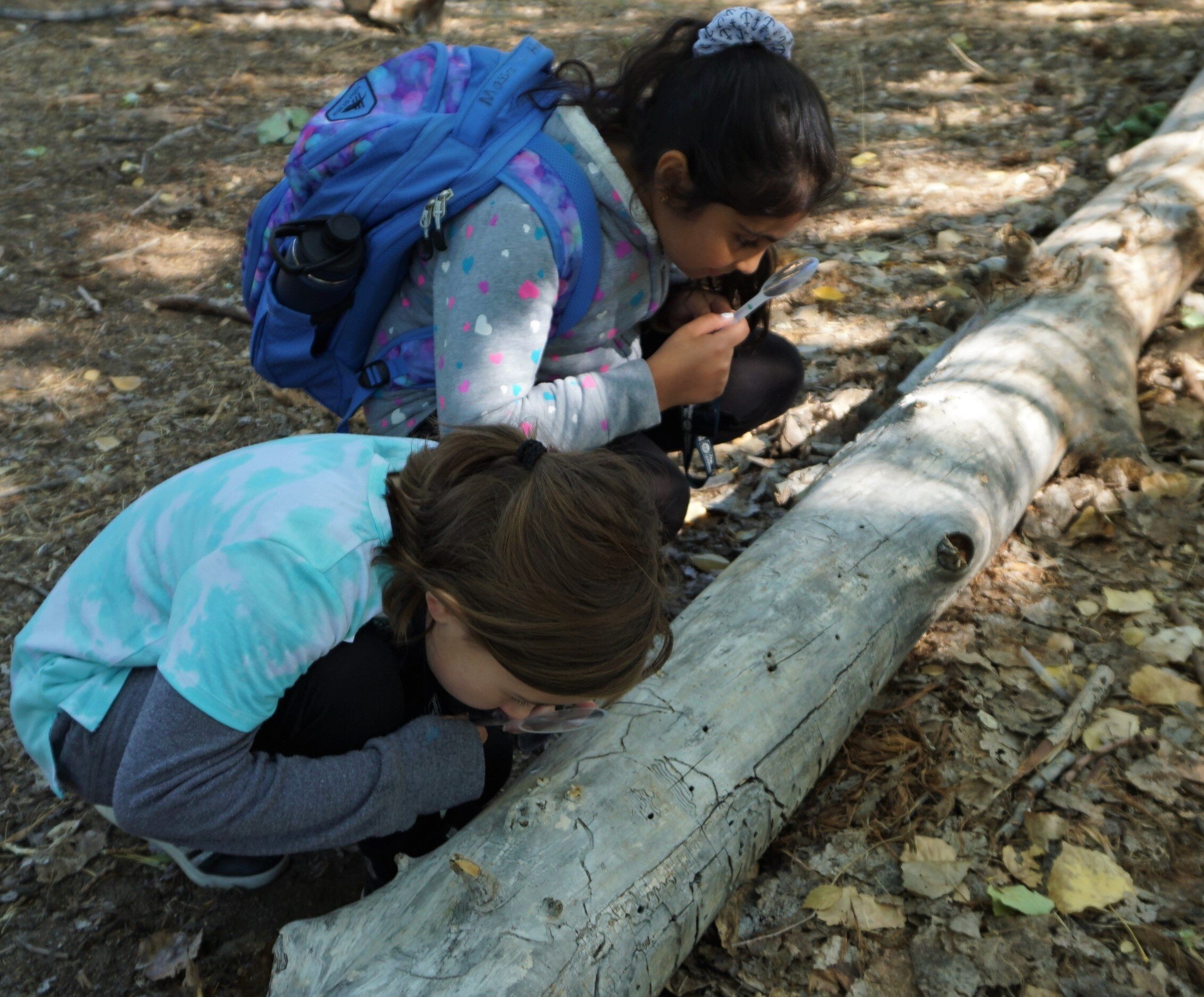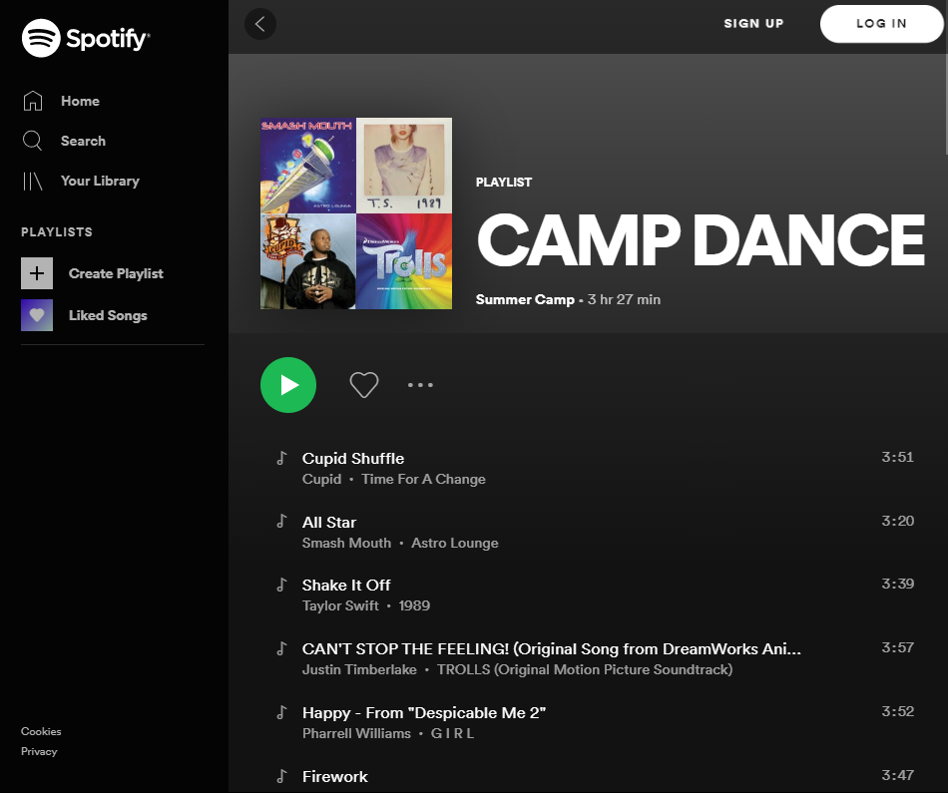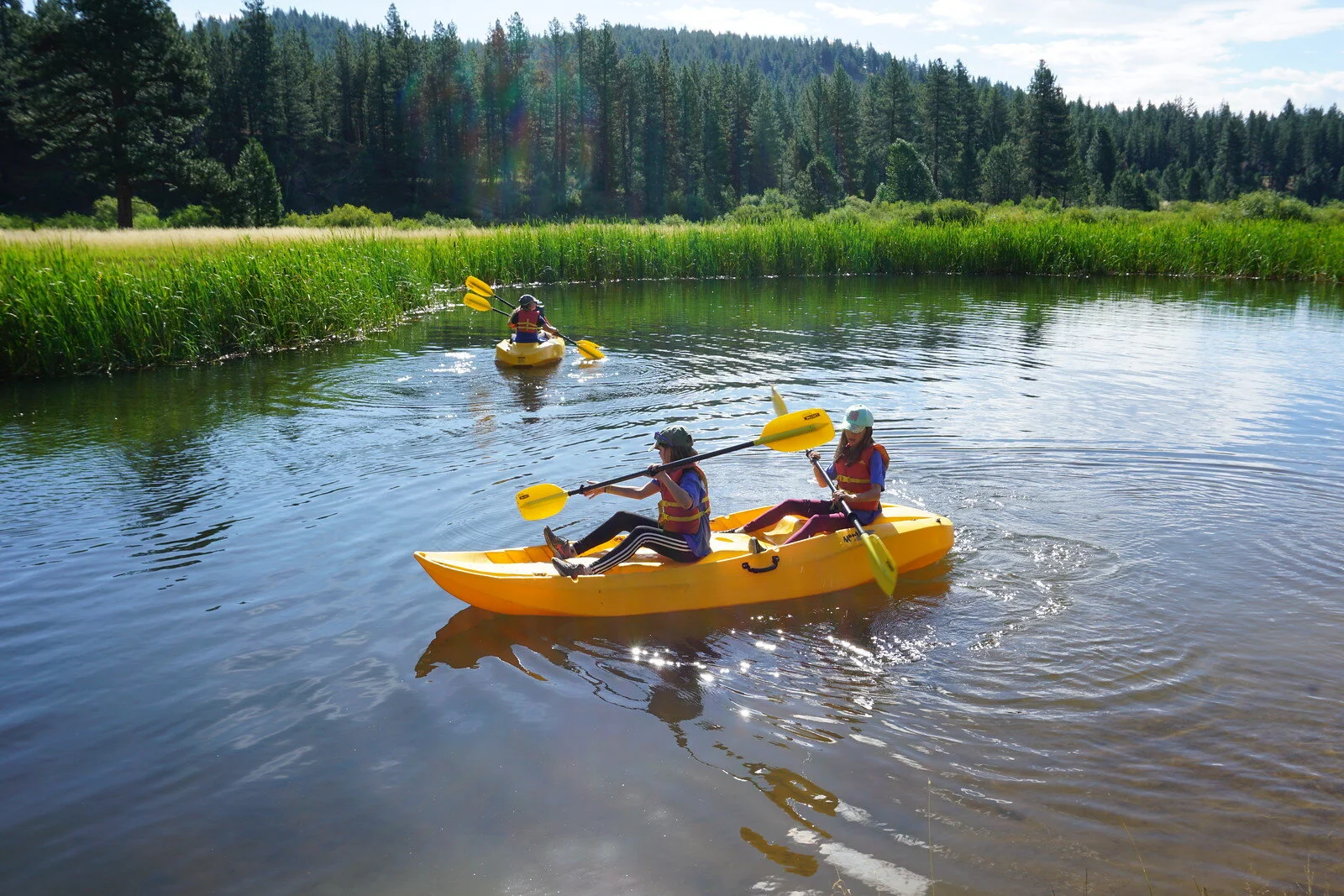Sierra Nevada Journeys partnered with Great Basin Institute, Great Basin Outdoor School and Truckee Meadows Parks Foundation create free virtual STEM lessons that support students and teachers with distance learning.
The Alternative Field Study Committee (AFSC) is a group of environmental organizations local to the Reno, Nevada metropolitan-area, who are committed to supporting environmental education opportunities for K-12th grade students. This committee has banded together to create programs that are catered to meet the unique new educational constraints caused by the COVID-19 pandemic. These resources are free, and designed with teachers in mind, to support both their distance and in-classroom learners with little-to-no amendments needed. Programs follow Next Generation Science and Common Core standards. Though these programs are designed for teachers and students in the public school system, they are also great resources for homeschool families, private school teachers, and youth-education programs. Each program comes with three resources: a pre-lesson component (educational video, PowerPoint, story, or activity that orients the learner to the concepts), the lesson itself, and a post-lesson component (which serves as a homework assignment or cool-down activity to wrap-up student learning and assist in measuring student comprehension).
Elementary lessons include:
Animal Adaptations
Reptiles of Nevada
Out of this World – Lunar Phases
Snow Science
Metamorphosis
Hydrology
Birds and Their Adaptations
The Flow of Energy Through an Ecosystem
Leaves and Photosynthesis




















